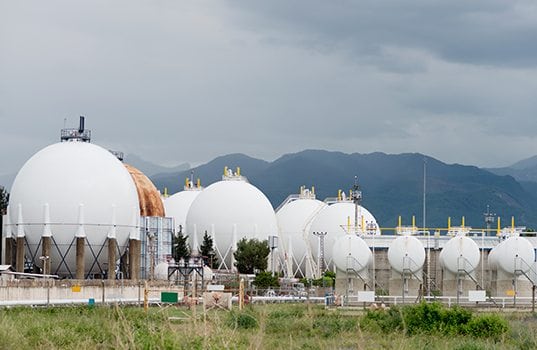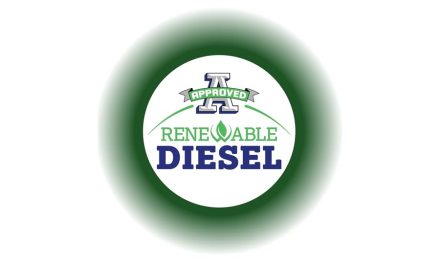Western economies remain deep in crisis and Europe and the United States are struggling little to resolve its core causes: a weak financial sector, weak corporate balance sheets, risky public financial positions. The causes are varied. One problem is Eurozones’ and U.S.’s energy policies, which have failed to achieve a competitive, reliable and sustainable energy sector for their economy.
However, using the U.S. as an example, natural gas has transformed the outlook of the nation’s energy mix. Natural gas from deep underground shale formations had a profound economic impact on:
- creating jobs,
- reducing consumer cost of natural gas and electricity,
- increasing federal, state and local tax revenue,
- stimulating economic growth, and
- reducing GHG emissions and smog.
Specifically, U.S. shall plays:
- contributed about $77 billion to the nation’s economy in 2010,
- supported 600,000 jobs,
- introduced higher paying jobs, higher than those in manufacturing, transportation and education, and
- added about $1,000 in disposable income per household.[1]
It’s time to be a realist. As our leaders search for the best energy solution today, natural gas can help stimulate economic recovery.
In this respect, the term “logical” may not be strong enough, “only” is certainly more appropriate. The story however remains the same. We are finding more reserves of natural gas, drilling more, watching prices decline, and yet using only slightly more.
It is clear that the U.S. is between the proverbial ‘rock and a hard place’ with respect to its dependency on fossil fuels. We are indeed a carbon based economy, and with low prices and abundant availability one would think the demand for natural gas would be sky-high. So then why is the consumption of natural gas stuck in the mud?
A look at the energy industry from source to demand sectors may shed some light on this anomaly. The figure below shows the big picture: U.S. primary energy consumption by energy source from 1980 to 2010, with projection to 2035.[2]
The consumption of each fuel changed accordingly:
- from 1980 to 2010: liquid biofuels (>1500%), nuclear (208%), coal (35%), renewables (28%), natural gas (22%), and oil and other liquids (5%), and
- projected from 2010 to 2035: liquid biofuels (260%), renewables (68%), nuclear (11%), natural gas (10%), coal (4%), and oil (-5%).
- Note: percent change based on quadrillion BTUs per pear.
A snap shot of the energy mix for any given year shows only a slight shift towards less carbon-intensive fuels.
- 1980; oil (42%), natural gas (26%), coal (21%), renewables (7%), nuclear (4%) and liquid biofuels (0%).
- 2010: oil (37%), natural gas (25%), coal (21%), nuclear (9%), renewables (7%), and liquid biofuels (1%).
- 2035: oil (32%), natural gas (25%), coal (20%), renewables (11%), nuclear (9%) and liquid biofuels (4%).
While the consumption of liquid biofuels was shown to grow by a factor of 587, biofuels are projected to remain a negligible part of U.S. energy inventory by 2035. Similarly, while the consumption of renewables is projected to double by 2035, total renewables are vastly overshadowed by fossil fuels in 2035.
These statistics necessitate clarifying what exactly constitutes renewables. In this analysis, renewable fuels are an aggregate of wood, municipal waste, biomass, and hydroelectricity in the end-use sectors; hydroelectricity, geothermal, municipal solid waste, biomass, solar, and wind for generation in the electric power sector; and ethanol for gasoline blending and biomass-based diesel in the transportation sector.









